But for being such an extraordinary living being the human possess a body that hosts an incredible amount of things that make no sense. For example, what’s the deal with male nipples? They serve no purpose, their comically unsightly, and can be sensitively painful (titty twisters anyone?). And let’s not even talk about the human appendix. This roughly 10 cm long vestigial structure literally does nothing but cause pain. And who in their right mind likes pain? What gives evolution?!?! So on this list, we are going to go over 25 things about the human body that makes no sense…none whatsoever. It’s almost as if evolution took a night off resulting in some epic evolutionary fails…and we’re the result. THANK’S EVOLUTION! The lack of vitamin C bionsynthesis is due to mutations in the L-gulono-γ-lactone oxidase (GLO) gene which is responsible for coding for the enzyme that catalyzes the last step of vitamin C biosynthesis. However, in 2008, scientists were able to successfully re-instate the ability to produce vitamin C in mice. It might not be long before humans are next. The prostate really contributes nothing to our survival and reproductive efficacy, and most (if not all) men would be happy with one percent less sperm in exchange for not having to spend fifteen minutes in agony every time they have to pee during the last thirty or forty years of their lives. Females have an unreasonably narrow birth canal, resulting in much pain and significantly increased risk to both mother and child during birth. This is a consequence of our quick evolutionary leap from quadrupeds to bipeds, resulting in our narrow pelvis. This roundabout plumbing can make for some rather annoying glitches. At the elbow, for instance, an artery branch meets up with the ulnar nerve, which animates your little finger, just under the skin. That’s why your arm goes numb when the lower tip of your upper arm bone, called the humerus or funny bone, takes a sharp blow. It became more stable. Over time, the big toe aligned itself with the others and our ancestors developed an arch to work as a shock absorber. As a result we now have lots of bones that we don’t need in our feet. But during fetal development, the RLN gets entwined in a tiny lump of tissue in the neck, which descends to become blood vessels near the heart. That drop causes the nerve to loop around the aorta before traveling back up the larynx. Having this nerve in your chest makes it vulnerable during surgery—or a fistfight. But sometimes the epiglottis isn’t fast enough. If you’re talking and laughing while eating, food may slip down and get lodged in your airway, causing you to choke. When humans stood upright, their spine, which had evolved to be stiff for climbing and moving in trees, rotated ninety degrees and the head became balanced on top. All that curvature, with the weight of the head stacked on top, creates pressure that causes back problems. So next time you wonder why depression, madness, and obsessive-compulsive disorder among other issues occur out of nowhere, now you know what’s wrong: our brains have been problematic from day one. This cuts down on how we see the world, not letting us see the urine trails left behind by some mammals and not letting us fully appreciate the colors of certain flowers, which have evolved to put on quite a show in ultraviolet light while remaining plain in visible light. The human eye also can’t distinguish between polarized and non-polarized light, while many cephalopods and some birds can.


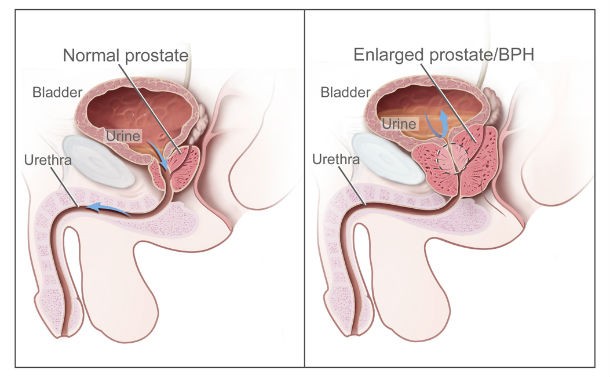

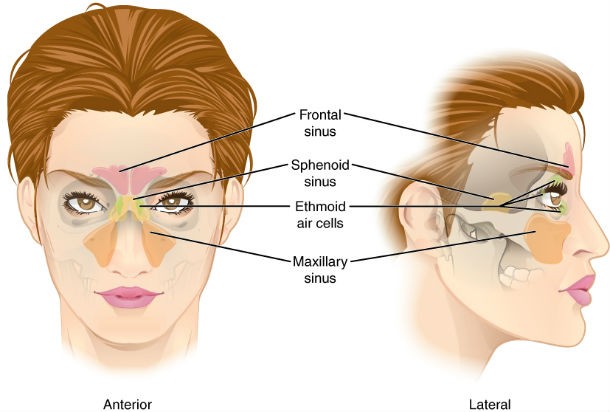
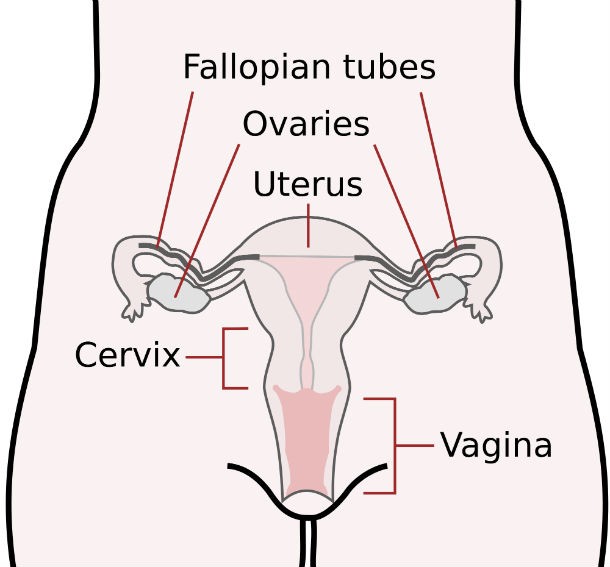
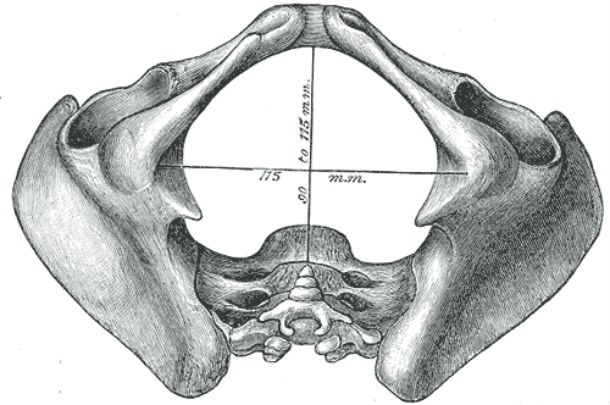

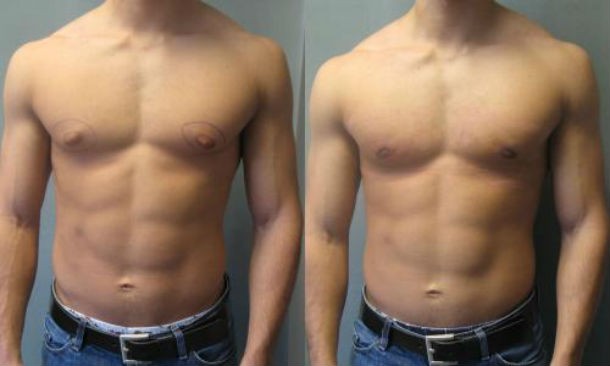
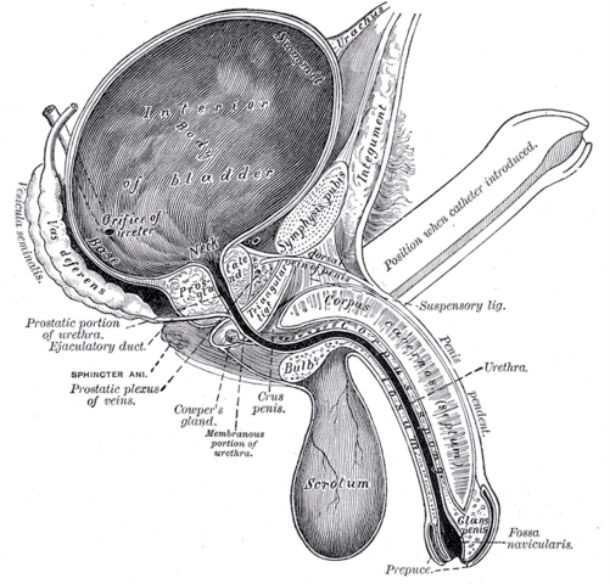
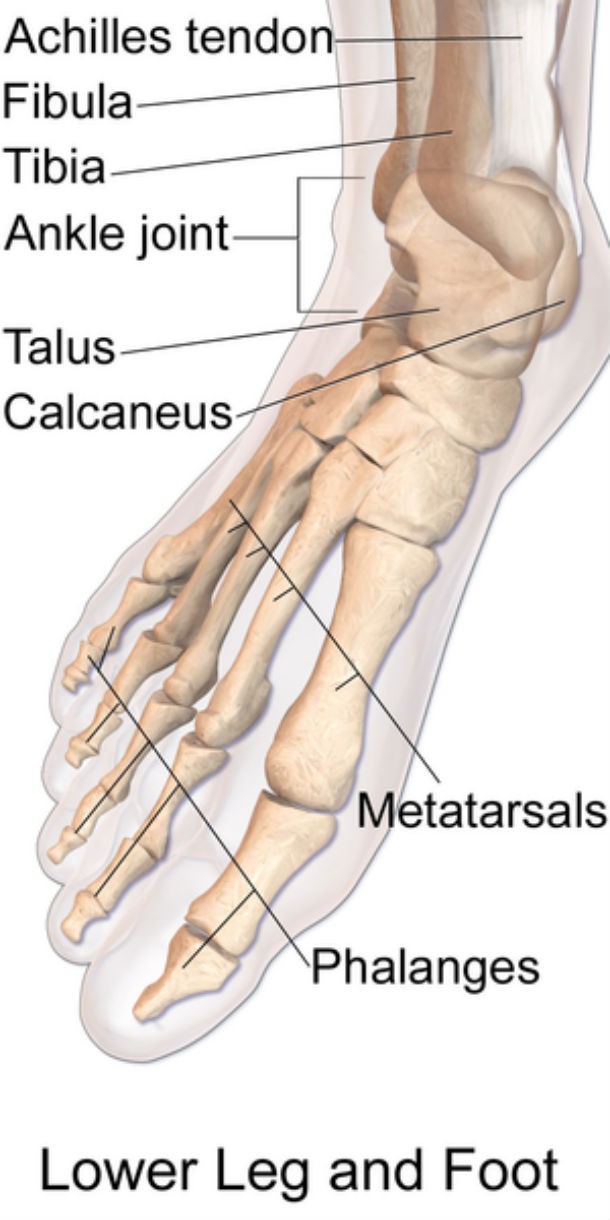
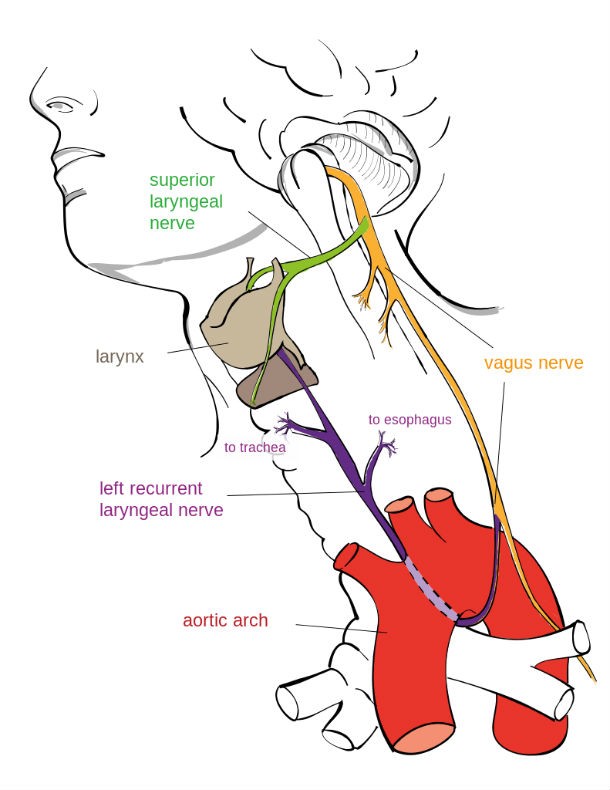

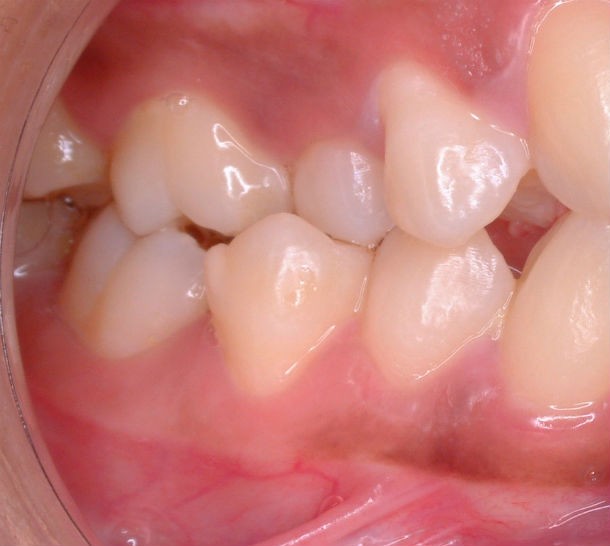
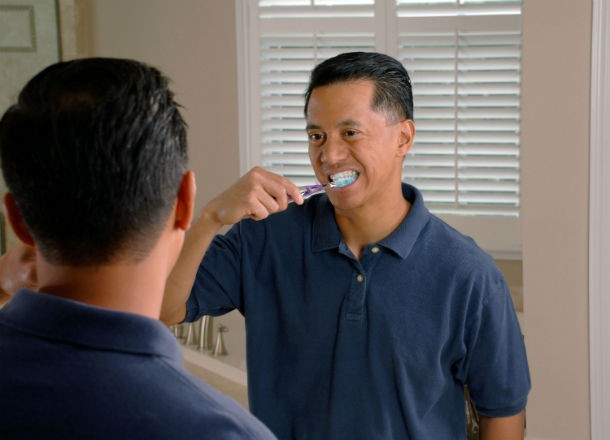

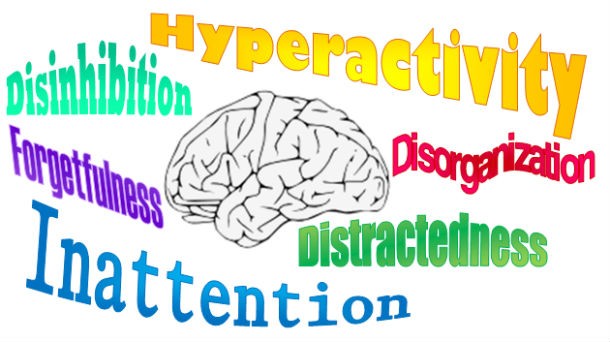
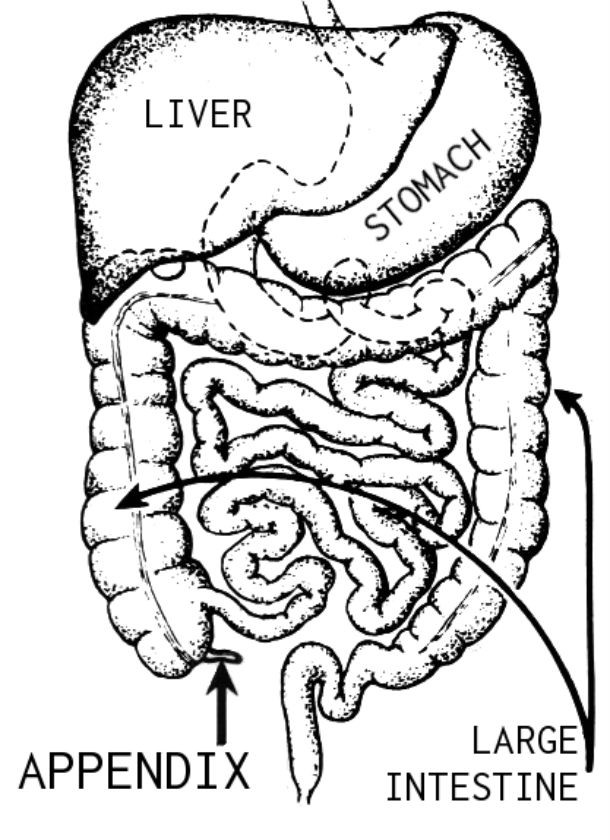

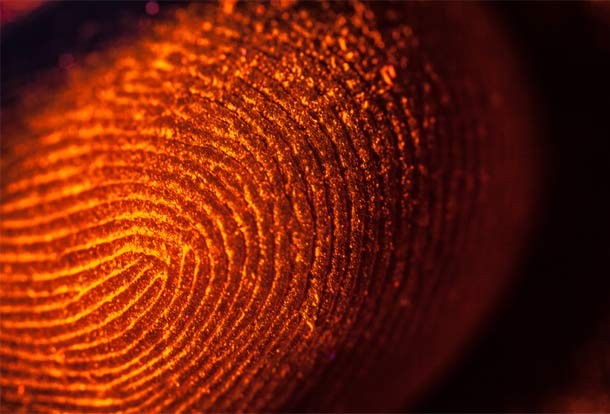
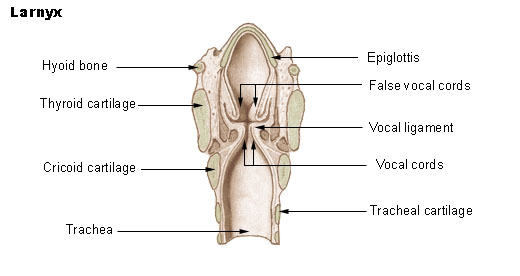
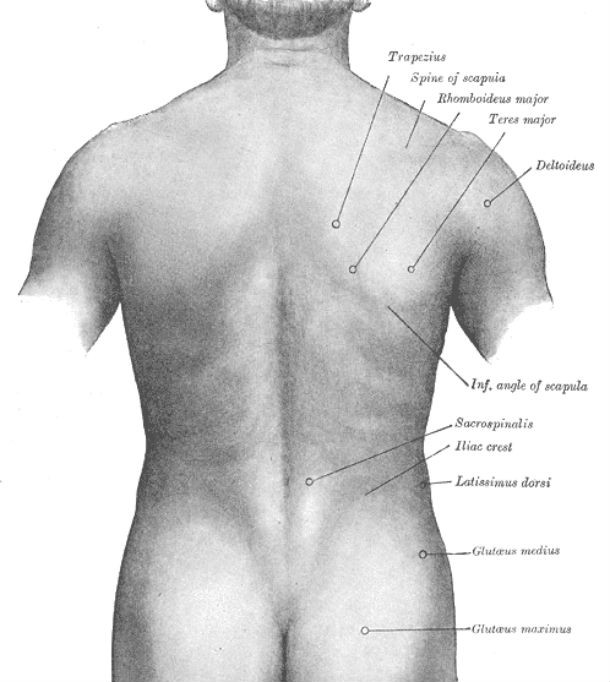
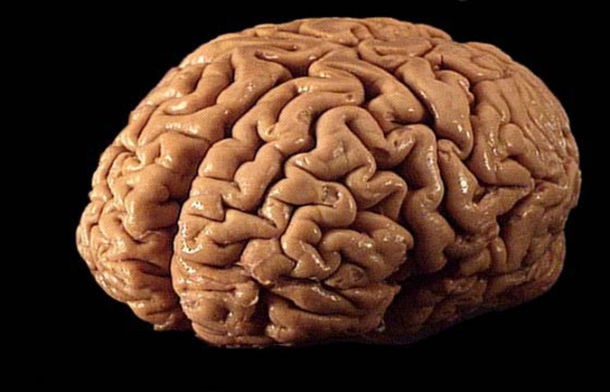
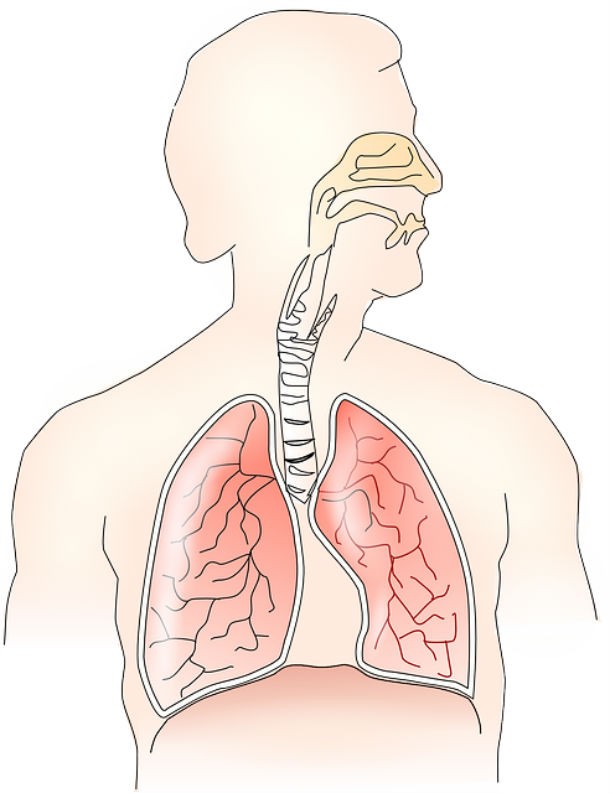














title: “25 Things About The Human Body That Make Absolutely No Sense” ShowToc: true date: “2022-12-29” author: “Jose Corbin”
But for being such an extraordinary living being the human possess a body that hosts an incredible amount of things that make no sense. For example, what’s the deal with male nipples? They serve no purpose, their comically unsightly, and can be sensitively painful (titty twisters anyone?). And let’s not even talk about the human appendix. This roughly 10 cm long vestigial structure literally does nothing but cause pain. And who in their right mind likes pain? What gives evolution?!?! So on this list, we are going to go over 25 things about the human body that makes no sense…none whatsoever. It’s almost as if evolution took a night off resulting in some epic evolutionary fails…and we’re the result. THANK’S EVOLUTION! The lack of vitamin C bionsynthesis is due to mutations in the L-gulono-γ-lactone oxidase (GLO) gene which is responsible for coding for the enzyme that catalyzes the last step of vitamin C biosynthesis. However, in 2008, scientists were able to successfully re-instate the ability to produce vitamin C in mice. It might not be long before humans are next. The prostate really contributes nothing to our survival and reproductive efficacy, and most (if not all) men would be happy with one percent less sperm in exchange for not having to spend fifteen minutes in agony every time they have to pee during the last thirty or forty years of their lives. Females have an unreasonably narrow birth canal, resulting in much pain and significantly increased risk to both mother and child during birth. This is a consequence of our quick evolutionary leap from quadrupeds to bipeds, resulting in our narrow pelvis. This roundabout plumbing can make for some rather annoying glitches. At the elbow, for instance, an artery branch meets up with the ulnar nerve, which animates your little finger, just under the skin. That’s why your arm goes numb when the lower tip of your upper arm bone, called the humerus or funny bone, takes a sharp blow. It became more stable. Over time, the big toe aligned itself with the others and our ancestors developed an arch to work as a shock absorber. As a result we now have lots of bones that we don’t need in our feet. But during fetal development, the RLN gets entwined in a tiny lump of tissue in the neck, which descends to become blood vessels near the heart. That drop causes the nerve to loop around the aorta before traveling back up the larynx. Having this nerve in your chest makes it vulnerable during surgery—or a fistfight. But sometimes the epiglottis isn’t fast enough. If you’re talking and laughing while eating, food may slip down and get lodged in your airway, causing you to choke. When humans stood upright, their spine, which had evolved to be stiff for climbing and moving in trees, rotated ninety degrees and the head became balanced on top. All that curvature, with the weight of the head stacked on top, creates pressure that causes back problems. So next time you wonder why depression, madness, and obsessive-compulsive disorder among other issues occur out of nowhere, now you know what’s wrong: our brains have been problematic from day one. This cuts down on how we see the world, not letting us see the urine trails left behind by some mammals and not letting us fully appreciate the colors of certain flowers, which have evolved to put on quite a show in ultraviolet light while remaining plain in visible light. The human eye also can’t distinguish between polarized and non-polarized light, while many cephalopods and some birds can.






































title: “25 Things About The Human Body That Make Absolutely No Sense” ShowToc: true date: “2022-12-24” author: “Geraldine Holman”
But for being such an extraordinary living being the human possess a body that hosts an incredible amount of things that make no sense. For example, what’s the deal with male nipples? They serve no purpose, their comically unsightly, and can be sensitively painful (titty twisters anyone?). And let’s not even talk about the human appendix. This roughly 10 cm long vestigial structure literally does nothing but cause pain. And who in their right mind likes pain? What gives evolution?!?! So on this list, we are going to go over 25 things about the human body that makes no sense…none whatsoever. It’s almost as if evolution took a night off resulting in some epic evolutionary fails…and we’re the result. THANK’S EVOLUTION! The lack of vitamin C bionsynthesis is due to mutations in the L-gulono-γ-lactone oxidase (GLO) gene which is responsible for coding for the enzyme that catalyzes the last step of vitamin C biosynthesis. However, in 2008, scientists were able to successfully re-instate the ability to produce vitamin C in mice. It might not be long before humans are next. The prostate really contributes nothing to our survival and reproductive efficacy, and most (if not all) men would be happy with one percent less sperm in exchange for not having to spend fifteen minutes in agony every time they have to pee during the last thirty or forty years of their lives. Females have an unreasonably narrow birth canal, resulting in much pain and significantly increased risk to both mother and child during birth. This is a consequence of our quick evolutionary leap from quadrupeds to bipeds, resulting in our narrow pelvis. This roundabout plumbing can make for some rather annoying glitches. At the elbow, for instance, an artery branch meets up with the ulnar nerve, which animates your little finger, just under the skin. That’s why your arm goes numb when the lower tip of your upper arm bone, called the humerus or funny bone, takes a sharp blow. It became more stable. Over time, the big toe aligned itself with the others and our ancestors developed an arch to work as a shock absorber. As a result we now have lots of bones that we don’t need in our feet. But during fetal development, the RLN gets entwined in a tiny lump of tissue in the neck, which descends to become blood vessels near the heart. That drop causes the nerve to loop around the aorta before traveling back up the larynx. Having this nerve in your chest makes it vulnerable during surgery—or a fistfight. But sometimes the epiglottis isn’t fast enough. If you’re talking and laughing while eating, food may slip down and get lodged in your airway, causing you to choke. When humans stood upright, their spine, which had evolved to be stiff for climbing and moving in trees, rotated ninety degrees and the head became balanced on top. All that curvature, with the weight of the head stacked on top, creates pressure that causes back problems. So next time you wonder why depression, madness, and obsessive-compulsive disorder among other issues occur out of nowhere, now you know what’s wrong: our brains have been problematic from day one. This cuts down on how we see the world, not letting us see the urine trails left behind by some mammals and not letting us fully appreciate the colors of certain flowers, which have evolved to put on quite a show in ultraviolet light while remaining plain in visible light. The human eye also can’t distinguish between polarized and non-polarized light, while many cephalopods and some birds can.





































